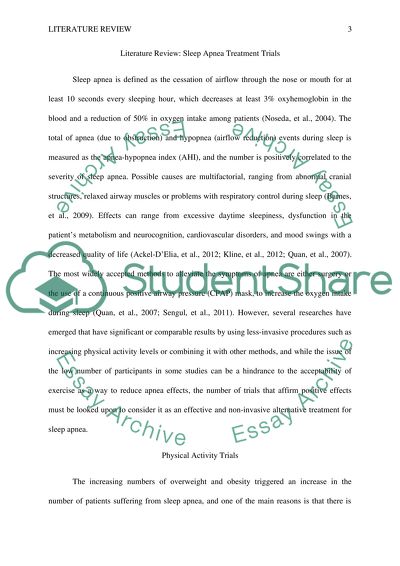Cite this document
(“Literature review Research Paper Example | Topics and Well Written Essays - 1250 words”, n.d.)
Literature review Research Paper Example | Topics and Well Written Essays - 1250 words. Retrieved from https://studentshare.org/nursing/1472273-literature-review
Literature review Research Paper Example | Topics and Well Written Essays - 1250 words. Retrieved from https://studentshare.org/nursing/1472273-literature-review
(Literature Review Research Paper Example | Topics and Well Written Essays - 1250 Words)
Literature Review Research Paper Example | Topics and Well Written Essays - 1250 Words. https://studentshare.org/nursing/1472273-literature-review.
Literature Review Research Paper Example | Topics and Well Written Essays - 1250 Words. https://studentshare.org/nursing/1472273-literature-review.
“Literature Review Research Paper Example | Topics and Well Written Essays - 1250 Words”, n.d. https://studentshare.org/nursing/1472273-literature-review.


